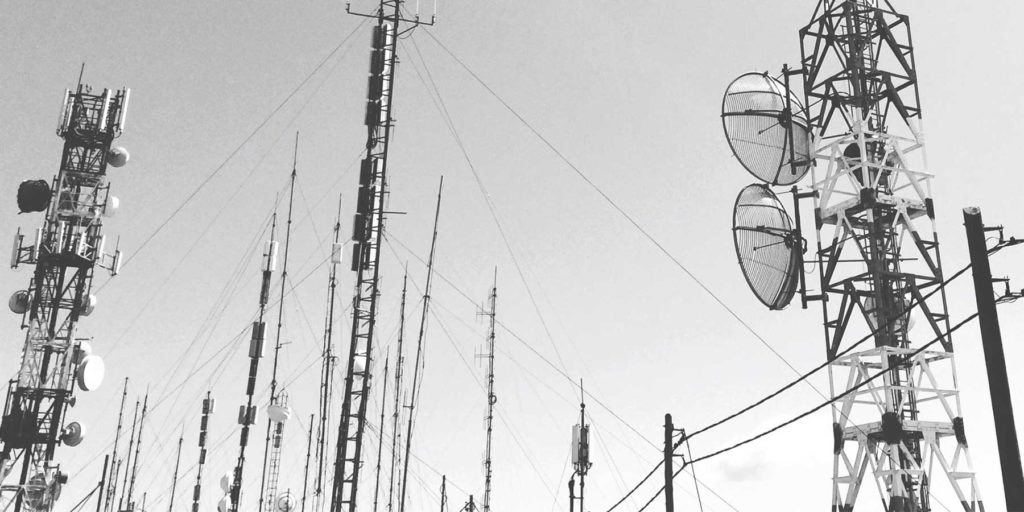As we live through massive media budget cuts and an endlessly rotating news cycle, journalists are hungry for stories. And PR people—who now outnumber reporters four to one, according to the Bureau of Labor—are only too happy to feed us. I know this because, as a freelance journalist, my mailbox is flooded with press releases and pitches. Hundreds of them, every day.
That doesn’t have to be a bad thing. Despite the many things PR people do to drive freelancers nuts, publicists can help writers generate ideas, check facts, find visuals, and line up interviews. As long as the information is ultimately in the service of the reader, journalists have no reason to dismiss input from the PR side.
So, as a freelancer, how can you use press releases to our advantage? How do you even get on the radar of publicists in the first place? And how do you foster PR relationships that last longer than a week?
Here are a few insights to keep in mind.
Get on press lists
When I was starting out as a freelance journalist, I had zero connections. But a fellow writer generously offered to share a few publicity contacts that gave me the start I needed. So make sure to network and ask other writers to connect you to publicists who represent the clients you might write about.
Once you know a few people, it can snowball from there. Chaim Haas, a long-time tech PR professional, gave this advice to writers: Ask publicists for introductions to other publicists.
“Everyone in PR knows another dozen or two dozen publicists, be it at their current agency, their past jobs, or folks they’ve met in their industry,” he said. “So once you have a solid relationship, don’t be afraid to ask them for a reference or an introduction to another PR professional.”
If you specialize in a certain topic or industry, it’s important that you get to know the PR people who represent the top brands in that field. That way, when there is big news, you can be among the first to know. In-person meetings may not always be possible, but you can be social without even leaving the house by bantering over Twitter or LinkedIn.
Keep in touch
Once you’ve established a relationship, it’s equally important to maintain it.
Lisa Schwartz, director of lifestyle, leisure, and resorts at Diamond PR, appreciates getting updates from writers about stories they’ve set up together. “I spend so much time following up with writers to see when their pieces are running that it is incredibly refreshing when I get a proactive update or a link,” she said. It helps make her job easier—never a bad thing.
Getting your story published where you promised isn’t the only thing that keeps publicists happy. “It also means making the process along the way easy and painless,” Haas said. Keeping that good relationship can mean you get exclusive access to that next juicy story or an embargoed release.
As in journalism, PR professionals frequently move around the industry and various agencies. So if you’ve worked with a publicist you’ve liked, make sure you keep the relationship going—particularly via LinkedIn, so you can see when they’ve switched elsewhere.
However, it’s important to note that your relationship with your editors and audience, as well as your professional ethics, should come first. If a publicist wants you to do something you’re not comfortable with, don’t do it. Or if the story is going to upset them, but you know it’s the right story, don’t change it to assuage them.
Use news wires to stay on top of news
Most major companies distribute news and updates using wire services such as PR Newswire and Business Wire, which can be great resources, particularly for breaking news about public companies.
To take advantage of the information, Scott Fedonchik,Business Wire’s VP of marketing, advises journalists to sign up for the Press Pass email alert system and set up feeds using specific keywords to access timely releases relevant to your beat.
“Another benefit of setting up feeds in this way,” Fedonchik said, “is that journalists can see what is going on in a key business sector or hot topics—like startups, funding announcements, gaming, biotech, and so on—in order to generate more comprehensive stories on trending news.”
Of course, many freelancers have their social media accounts—namely Twitter—set up to accomplish many of the same things. But wire services often break more obscure news that other journalists may miss, and their customization options make them easier to navigate than a cluttered feed.
Additionally, press releases published on wires often contain contact information for publicists, so it can be a beneficial resource if you need to build your network.
Once you have that network, don’t be afraid to use it. “I have access to more than thirty clients’ news and offerings,” Schwartz said. “If you’re looking for ideas for a new or specific story, I’ll almost always have something that fits. That’s the beauty of a mutually beneficial relationship, you can help each other out.”
